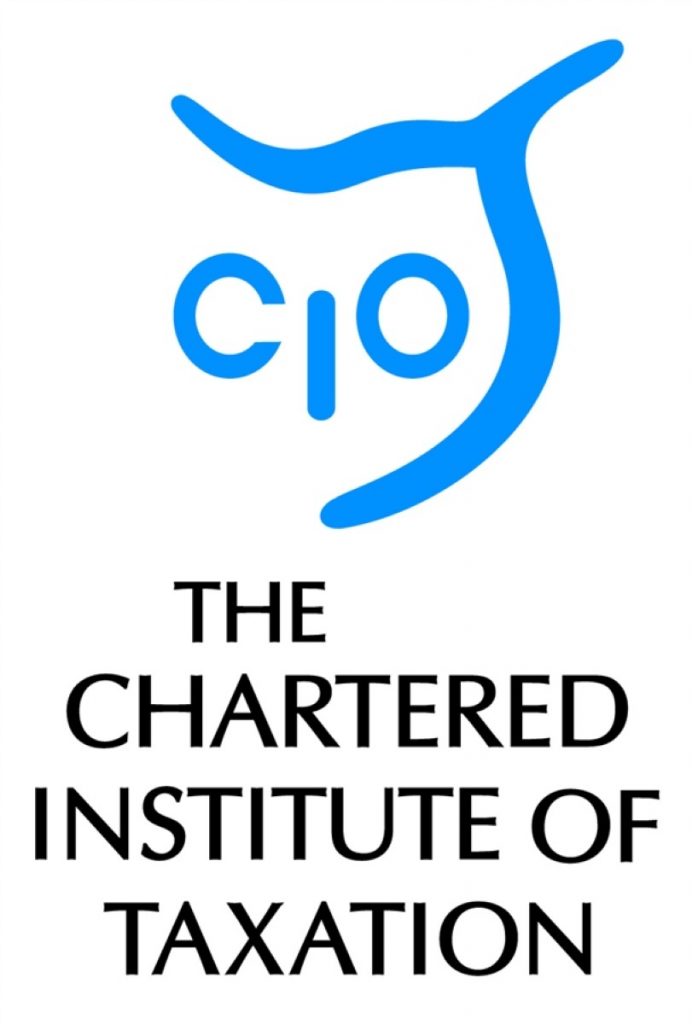Stamp Duty increases will hike ‘buy to let’ costs significantly
The Chancellor today announced an extra 3% of Stamp Duty Land Tax on purchases of buy to let properties and second homes, from 1 April 2016. Caravans, mobile homes, houseboats will all be excluded; similarly the intention is to exclude commercial investments in residential property from the additional charge.
Commenting, John Cullinane, Tax Policy Director of the Chartered Institute of Taxation, said:
“It looks as if the additional 3% will be added to each band, so buying a buy to let property or second home for £275,000 would add an extra £8,250 (footnote 1) to the SDLT bill. Combined with the recent phased restriction on tax relief for financing costs for buy to let property, the tax costs of buy to let are set to rise very significantly.
“The Government’s promise to consult on the detail is welcome; but one of the difficulties is defining the target of the Government’s policy – what is a buy to let property or indeed a second home? A definition that looks at intended use throws up difficulties and could operate harshly where use changes shortly after acquisition. The challenge will be arriving at a definition that meets the policy intent. The time available for consultation is unfortunately short given the start date of the new measure of April 2016.”
Note to editors
1. Currently if you buy a residential property to let out or as a second home, for £275,000, the SDLT you owe is calculated as follows:
0% on the first £125,000 = £0
2% on the next £125,000 = £2,500
5% on the final £25,000 = £1,250
Total SDLT = £3,750
The new 3% rate will be added to each band giving total SDLT of:
3% on the first £125,000 = £3750
5% on the next £125,000 = £6250
8% on the final £25,000 = £2000
Total SDLT = £12,000
2. The Chartered Institute of Taxation (CIOT)
The CIOT is the leading professional body in the United Kingdom concerned solely with taxation. The CIOT is an educational charity, promoting education and study of the administration and practice of taxation. One of our key aims is to work for a better, more efficient, tax system for all affected by it – taxpayers, their advisers and the authorities. The CIOT’s work covers all aspects of taxation, including direct and indirect taxes and duties. Through our Low Incomes Tax Reform Group (LITRG), the CIOT has a particular focus on improving the tax system, including tax credits and benefits, for the unrepresented taxpayer.
The CIOT draws on our members’ experience in private practice, commerce and industry, government and academia to improve tax administration and propose and explain how tax policy objectives can most effectively be achieved. We also link to, and draw on, similar leading professional tax bodies in other countries. The CIOT’s comments and recommendations on tax issues are made in line with our charitable objectives: we are politically neutral in our work.
The CIOT’s 17,500 members have the practising title of ‘Chartered Tax Adviser’ and the designatory letters ‘CTA’, to represent the leading tax qualification





-01.png)